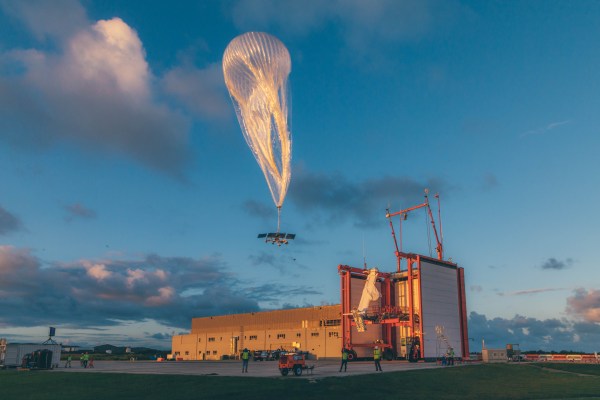Alphabet-owned Loon, the high-altitude balloon company that is using its stratospheric technology to provide internet connectivity on Earth, has signed a new commercial agreement with Telefonica-owned Internet para Todos (IpT). The IpT initiative, which is also backed in part by Facebook and the Development Bank of Latin America, aims to provide internet connectivity to users in remote locations across Latin America, and its deal with Loon will specifically connect users in remote parts of the Amazon rainforest in Peru.
Loon will begin providing service in 2020, provided the deal gets all the necessary regulatory approval it requires. This is a first in terms of a commercial deployment of high-altitude balloons with the aim of offering connectivity over a continued, sustained period, so there’s some new ground to break in terms of working with the Peru Ministry of Transport and Communications prior to launch, but the partners involved are working with regulators to make sure everything’s signed off before launch.
This isn’t the first time Loon has worked with Telefonica — the two joined forces to provide emergency internet connectivity following the 8.0 earthquake that hit Peru in May, and they’ve been collaborating on a number of projects for years. For Loon, this is now the third commercial contract it has secured, including one with Telkom Kenya, which is also awaiting final regulatory sign-off, and an arrangement with Canadian company Telecast to develop a coordination system for a future planned low-Earth orbit satellite constellation.
The initial deployment plan for this partnership with IpT will provide connectivity to an area that makes up around 15% of the total area of the Loreto Region in Peru, which together accounts for a population of around 200,000 people. Of that 200,000, roughly one-quarter have access to connectivity at least at 3G quality, according to Loon. The Loon balloons that will be deployed to provide service essentially act as very high-altitude cell towers, receiving LTE connections and redistributing those directly to consumer devices on the ground.
